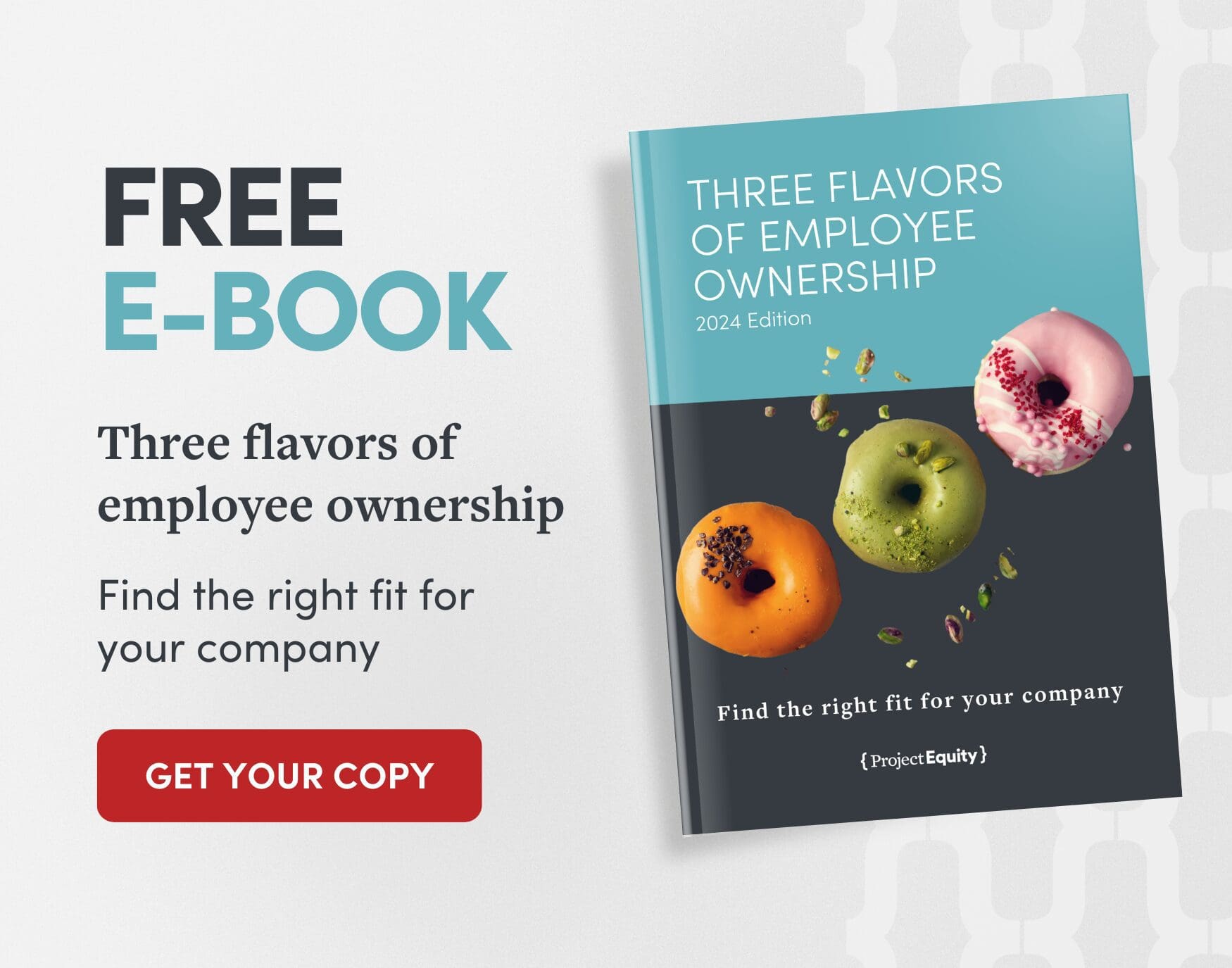Retirement readiness: Do you understand your succession options?
- Genevieve Adams
If you’re getting ready to retire, you should know all your succession options before committing to one. The most important step is having a plan regardless of which one you choose.
Some options include selling the business within the family, selling the business to an outside buyer, a management buyout, transitioning to broad-based employee ownership and—what we want to help you avoid—closing down the business.
Selling owner key considerations
Some of the factors most important to business owners like you when considering different exit or succession options include:
- Market value: The potential proceeds (gross and net) in different sale scenarios.
- Liquidity: The amount of cash you need / want at the time of closing (this also includes understanding your ability to “carry” some of the sale price in a seller note).
- Tax consequences: What provisions need to be made with regard to personal, estate and business tax consequences of the business sale.
- Process control: Your ability to control or influence the timing and key steps of the sale process.
- Legacy: The importance of protecting the business mission, employees, IP, customer base, community impact, etc.
- Retain employees: The importance of a potential sale in retaining and engaging the workforce to drive productivity and success in the future.
Understanding where you stand on these other factors can help you determine whether employee ownership might be a good fit for your next step.
Succession planning options
Selling within the family is a logical first choice. This preserves the legacy that you have created with your business and offers a lot of flexibility for how to carry out the transition. You also retain employees.
Even if you have family members to sell to, they may not be interested in taking over your business. You will want to talk to family members as soon as you know this is a path you want to pursue, then if they are interested, start the transition planning early to ensure they are set up to keep the business running effectively.
Selling to an outside buyer—sometimes called an acquisition—is often the second option business owners look to. The buyer could be a competitor, a partner, another local business person, or in some cases, private equity. This may be appealing financially if you already have a prospective buyer in the works, but it doesn’t guarantee that your legacy lives on, you may not get market value for your business, there are no tax benefits, and you don’t know if your employees stay on after you sell. You also do not have control over the timing or steps of the sales process. If you don’t have a prospective buyer in the works, finding one can sometimes prove difficult.
A management buyout (MBO) can also be an ideal option if you have key leaders who want to buy the business from you after you leave. With a management buyout, you get market value for your business and can design your exit plan, preserve your legacy and retain your employees. However, you may not get tax benefits.
Employee ownership is an often overlooked option in which you sell your business to the people who know your business best—your employees. This choice still affords you profit from the sale of your business (receiving a market value price), and you can secure your retirement. Employee ownership also preserves the legacy you worked so hard to build and keeps your hard-working staff still employed and your business located in your community.
Plus, you don’t have to retire immediately; you can choose how much or little you stay in the business and can have control over what happens to your business after the sale to your employees.
Closing down is the final route, which isn’t usually so much a choice, but rather a consequence of not developing a succession plan. This is the worst-case scenario for any company since it hurts the business owner, its employees and the community. When a local business closes down, everyone loses.
One way to prevent this from happening is to start planning for your business succession three to five years ahead of your ideal exit timing. However, we can help you even if you are getting started two years before retirement.
Start succession planning today
It’s never too soon to consider employee ownership. If you would like to learn more about the succession option that offers the most benefits to the seller, the employees and your community, contact us for a free consultation. We would be happy to help you determine if your business is a good fit.
Consider five critical factors: market value, liquidity needs, tax implications, control over the sale process, and preserving your legacy. These help determine the best path forward, whether selling to family, outside entities, management, or employees.
Failing to plan can lead to business closure—hurting not only the owner but employees and the broader community. Project Equity recommends initiating your succession planning about 3-5 years before your desired exit to secure continuity, maximize value, and avoid worst‑case outcomes.
About the author
Genevieve has built her career around providing marketing direction, print and web materials and blog content for small and medium-sized businesses, including her own. She joined the Marketing Team after contracting with Project Equity for two years. At Project Equity, she helps increase awareness of employee ownership through local and national outreach. Genevieve is passionate about equality in all forms and is honored to use her creativity and knowledge to advance employee ownership.



